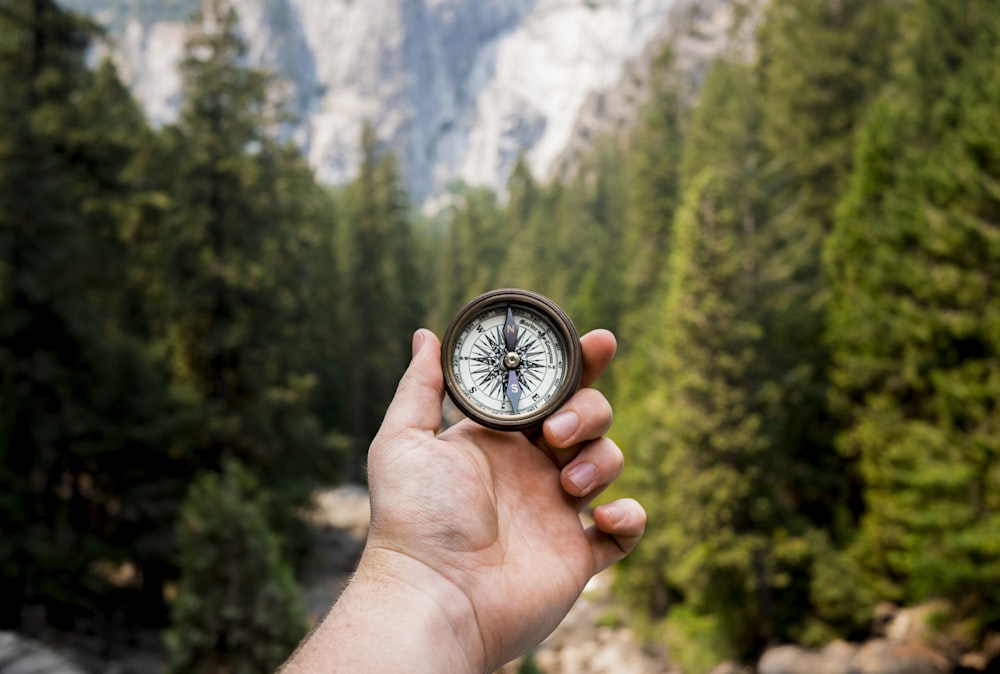10. Make a Choice
Choose your sport or race. What is your passion? Running, paddle boarding and climbing are popular options, as is trail biking and kayaking. What’s important is to choose a sport you’re either interested in trying or wanting to improve in. Many races are made up of teams of people. So be on the lookout for sports clubs or groups you can join. You can learn new techniques, be more motivated and enjoy time around people with similar interests.
9. Shape it up

Adventure sports are much more than a walk in the park. Long trail runs and rafting may sound awesome. To succeed, you’ll want to be in the best possible shape. Honestly assess your current fitness and ability levels. If you need to develop your performance levels, build slowly to avoid injuries and not burn out.
8. Improve your skill set
Are you already a veteran of 5K’s, marathons or an experienced road biker? That’s fantastic and it means you have a great base to build on for adventure sports. It’s very different running over rough trails and through creeks or biking down rocky canyons. Increased stability, effective strategy, and new techniques will be essential for success. The good news is that all it takes is a bit of practice and you’ll be an experienced athlete in no time.
7. Eat (and drink) it up

Adventure sports are riddled with various eating and hydration strategies. As you train, talk with others in your group to get their tips and tricks to maximizing food and hydration. As the saying goes, you are what you eat. So choose foods that truly fuel your body and keep it in optimum condition. For hydration, it’s critical to have electrolyte supplements on hand. These supplements help keep your salt levels in check, something water cannot do by itself.
6. Be prepared for anything
Let’s face it, injuries – both major and minor – happen. Limit the impact they have on your fun by having the basics close at hand. If you’re going to be spending days in the wilderness with little support, consider taking a first aid or lifesaving class. In any case, assemble a kit that will solve minor problems, such as cuts, abrasions or burns, as well as control larger issues, like breaks or sprains. If you get a pre-filled kit, be sure you understand how to use everything in it and if it comes with a manual, read it before you need it.
5. Dress for success
Your clothing can make all the difference, whether you’re in the boardroom or on a tough trail in the forest. The key is to know your environment and choose your wardrobe wisely. For most conditions, it’s usually smart to wear a layer that wicks moisture away from your skin to help your body regulate your temperature. Then add items that best suit the environment, such as a waterproof outer layer for rainy conditions or multiple warm layers for that brisk hike in the snow.
4. Orient yourself

Plenty of adventure sports rely on orienteering – the ability to navigate in the great outdoors. Fortunately, there are gauges and compasses that provide the help you need for navigating off the beaten path. Learn how to read and understand topographical maps, a compass and observe your surroundings to travel from point A to point B, especially for off-roading adventures and other wildness explorations.
3. Have happy feet
Just as an army marches on its stomach, an athlete is only as happy as their feet. Cotton socks may feel comfy when you begin to walk. However, once they become wet from sweat, rain or puddles, they are slow to dry, often cause blisters, and quickly become very uncomfortable. Instead consider synthetic or wool socks, which will wick moisture away from the skin and dry quickly. Happy feet – nice!
2. Have a plan
Prepare for as many eventualities as possible. This could include getting lost, equipment failure or wild animal encounters. Know what to do in any given situation before it happens. The buddy system works particularly well here, whether you have a friend along for the adventure or somebody at home that knows where you are going and how you are getting there. If you’re going far into the wilderness, consider having a satellite phone for emergencies and a GPS tracking device can be cheap insurance.
1. Just have fun

The number one rule of adventure sports is to have fun. You should be challenged to push your comfort zone, and in the end it should be one of the best times you’ve had. It is a great opportunity to make new friends, learn new skills and hone your talents.

